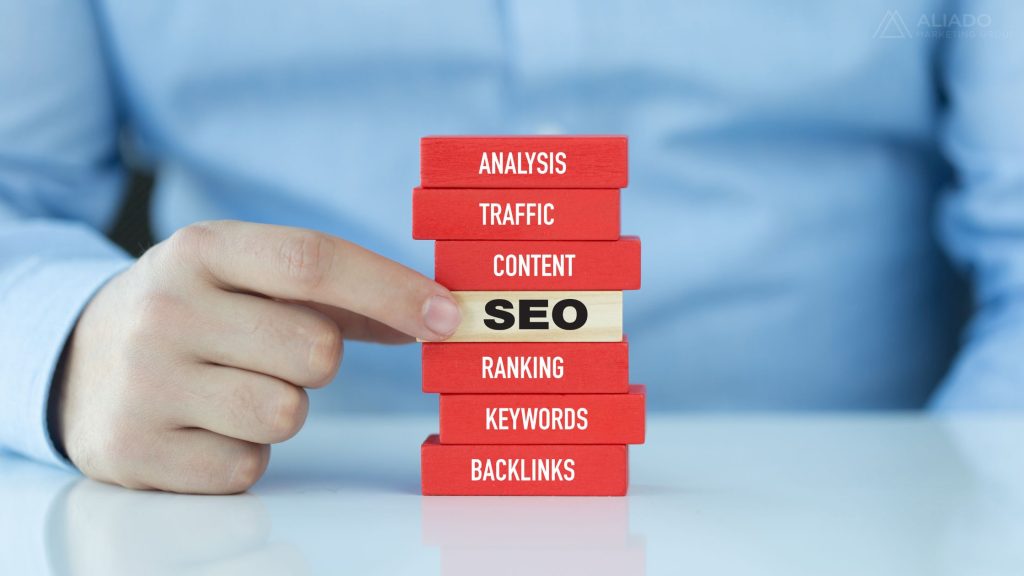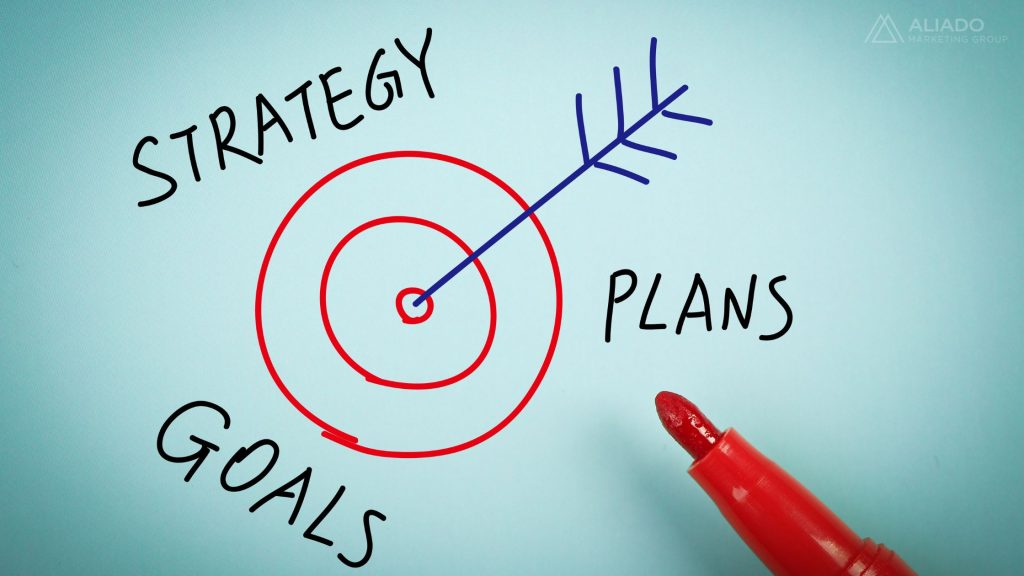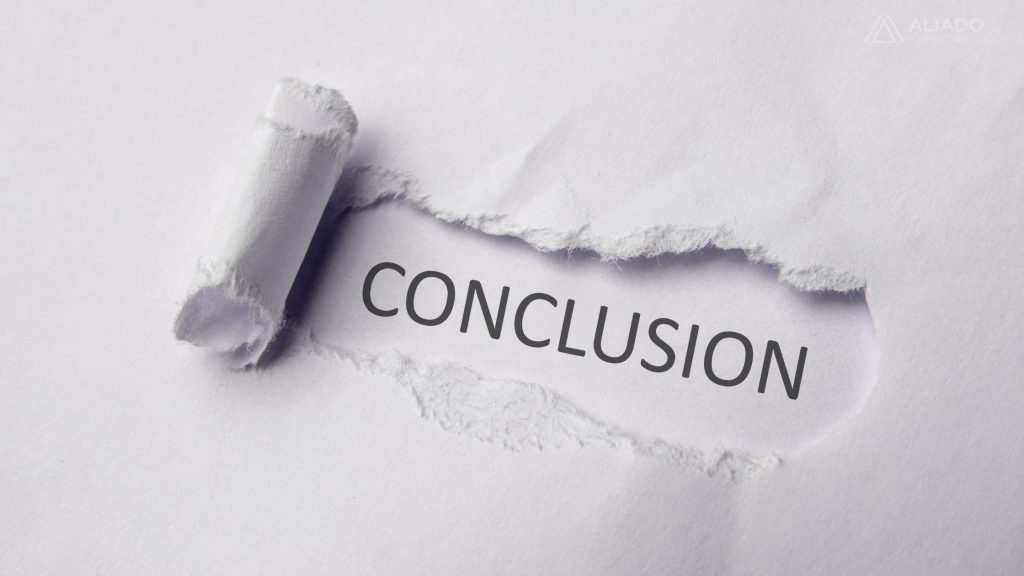SEO vs Website Optimization: What’s the Difference and Why Both Matter
When it comes to growing your online presence, the terms “SEO” and “website optimization” often get used interchangeably—but they’re not the same thing. SEO (Search Engine Optimization) focuses on improving your site’s visibility in search engines like Google, helping people find your business when they need it most. Website optimization, on the other hand, enhances the overall performance, usability, and design of your site, ensuring visitors stay engaged and take meaningful action.
Both strategies are essential. You can have all the traffic in the world, but without a well-optimized website, visitors won’t stick around—or convert into paying customers. Conversely, you could have the most beautifully designed and optimized site, but if no one can find it through search, you’ll miss out on valuable opportunities.
In this blog, we’ll dive deep into what SEO really means, what website optimization involves, and why they’re both critical for your business success. By the end, you’ll have a clear roadmap for combining them into a powerful online growth strategy.

1. What is SEO and Why Does It Matter?
Search Engine Optimization (SEO) is the art and science of increasing your site’s visibility in search engine results. When someone searches for “best coffee shop near me” or “affordable website design services,” SEO determines whether your site appears on the first page—or gets buried where few will ever find it.
Strong SEO doesn’t happen overnight. It requires ongoing effort, constant monitoring, and a strategy tailored to your industry. But the payoff is worth it: organic traffic, brand authority, and customers who trust your business because Google recommended it.
Key Elements of SEO
To understand SEO, it’s helpful to break it down into its core components:
- Keyword Research and Placement:
This involves identifying the words and phrases your target audience types into Google. By strategically placing these keywords in your content, headings, and metadata, you increase the chances of showing up for relevant searches. - On-Page Optimization
This is about optimizing what appears on your actual pages. It includes titles, meta descriptions, headers (H1, H2, etc.), and even image alt text. These factors help both users and search engines understand what your page is about. - Technical SEO:
Even the best content won’t rank if your site has technical issues. Technical SEO covers aspects like website speed, mobile-friendliness, SSL certificates (HTTPS), and crawlability (how easily Google can navigate your site). - Link-Building and Authority:
Search engines value trust. Building backlinks—links from other reputable websites pointing to yours—signals to Google that your site is credible and authoritative. - Content Creation Optimized for Search Intent:
Not all content is equal. SEO-friendly content answers the questions people are already asking. If someone searches “How much does SEO cost for small businesses?” and your blog post provides a clear answer, you’ve aligned with search intent.

2. What is Website Optimization?
While SEO focuses on bringing people to your site, website optimization ensures those visitors have a seamless, enjoyable experience once they arrive. It’s about making your website not only functional but also persuasive.
Think of website optimization as the foundation of your digital storefront. Imagine walking into a physical store that looks disorganized, loads slowly (like a cashier who takes forever), and has no clear checkout path. You’d probably leave. The same goes for websites.
Areas of Website Optimization
- Page Load Speed and Mobile Responsiveness:
Slow websites frustrate users. In fact, studies show that 53% of users leave a site that takes longer than 3 seconds to load. Mobile responsiveness is equally important—Google prioritizes mobile-friendly sites, and most traffic today comes from smartphones. - User-Friendly Navigation and Site Design:
Visitors should be able to find what they need quickly. A clean layout, intuitive menus, and logical flow guide users through your content and toward your calls-to-action. - Clear Calls-to-Action (CTAs):
Every page should lead users toward a goal—whether it’s signing up for a newsletter, scheduling a consultation, or making a purchase. Well-designed CTAs stand out without overwhelming. - Accessibility and Security Features:
Accessibility ensures your website is usable for people with disabilities (e.g., alt text for images, clear contrast, screen-reader compatibility). Security features like SSL certificates protect data and build user trust. - Conversion Rate Optimization (CRO) Techniques:
Website optimization isn’t just about looks—it’s about results. CRO involves A/B testing different headlines, buttons, or layouts to see what drives more conversions.

3. SEO vs Website Optimization: How They Work Together
Many business owners ask, “Do I need SEO or website optimization?” The answer is both. Treating them as separate silos is a mistake.
The Balance Between SEO and Optimization
- SEO = Attracts Traffic. Without it, your website is invisible.
- Website Optimization = Improves User Experience. Without it, traffic bounces away.
- Together = More Conversions and Long-Term Growth.
Imagine SEO as the magnet pulling people in and website optimization as the glue keeping them there. One without the other leads to wasted effort.
Quick Examples
- Example 1: A digital marketing agency ranks #1 for “best agency in [city]” thanks to SEO. But if their site loads slowly and isn’t mobile-friendly, visitors leave before contacting them.
- Example 2: A blog post ranks highly for “how to improve email campaigns.” Optimization ensures the blog has scannable headings, engaging visuals, and a clear next step, like signing up for a free guide.
- Example 3: An e-commerce store invests in SEO to rank for “eco-friendly water bottles.” Website optimization ensures the checkout process is smooth, encouraging customers to complete their purchase.

4. Why Businesses Often Confuse SEO and Website Optimization
It’s easy to see why the terms overlap. Both involve improving websites, and both aim at business growth. However, their focus differs:
- SEO is outward-facing—making your site visible to the world.
- Website optimization is inward-facing—ensuring the site itself functions at its best.
Businesses often confuse them because agencies may use “optimization” as a catch-all phrase. By clearly defining the two, you avoid gaps in your strategy.

5. How to Build a Strategy That Combines Both
To maximize your results, SEO and website optimization must work hand-in-hand. Here’s how to approach it:
- Audit Your Current Website:
Use tools like Google Analytics, SEMrush, or Ahrefs for SEO insights, and Google PageSpeed Insights for performance issues. - Prioritize SEO Foundations:
Fix indexing errors, optimize metadata, and build a keyword strategy before scaling up content. - Optimize for Speed and Usability:
Compress images, streamline code, and test your site on different devices. - Create High-Quality, Intent-Based Content:
Write blog posts, product descriptions, and landing pages that match what users are searching for. - Measure and Improve Conversions:
Track user behavior with heatmaps or A/B testing, then adjust CTAs, layouts, or headlines to boost results.

Conclusion
SEO and website optimization are two sides of the same coin. SEO makes sure people can find you, while optimization ensures they have a reason to stay—and a reason to buy, click, or connect. Businesses that embrace both don’t just attract traffic; they build meaningful engagement and long-term growth.
Ready to take your website to the next level? Contact our team today to combine powerful SEO strategies with seamless website optimization.
Categories
Latest Articles
Stay up to date
with news and
educational information
[hubspot type=”form” portal=”5213843″ id=”b19f3e1c-0beb-4946-9d04-2bb47dfa17e0″]











Leave a Comment
You must be logged in to post a comment.